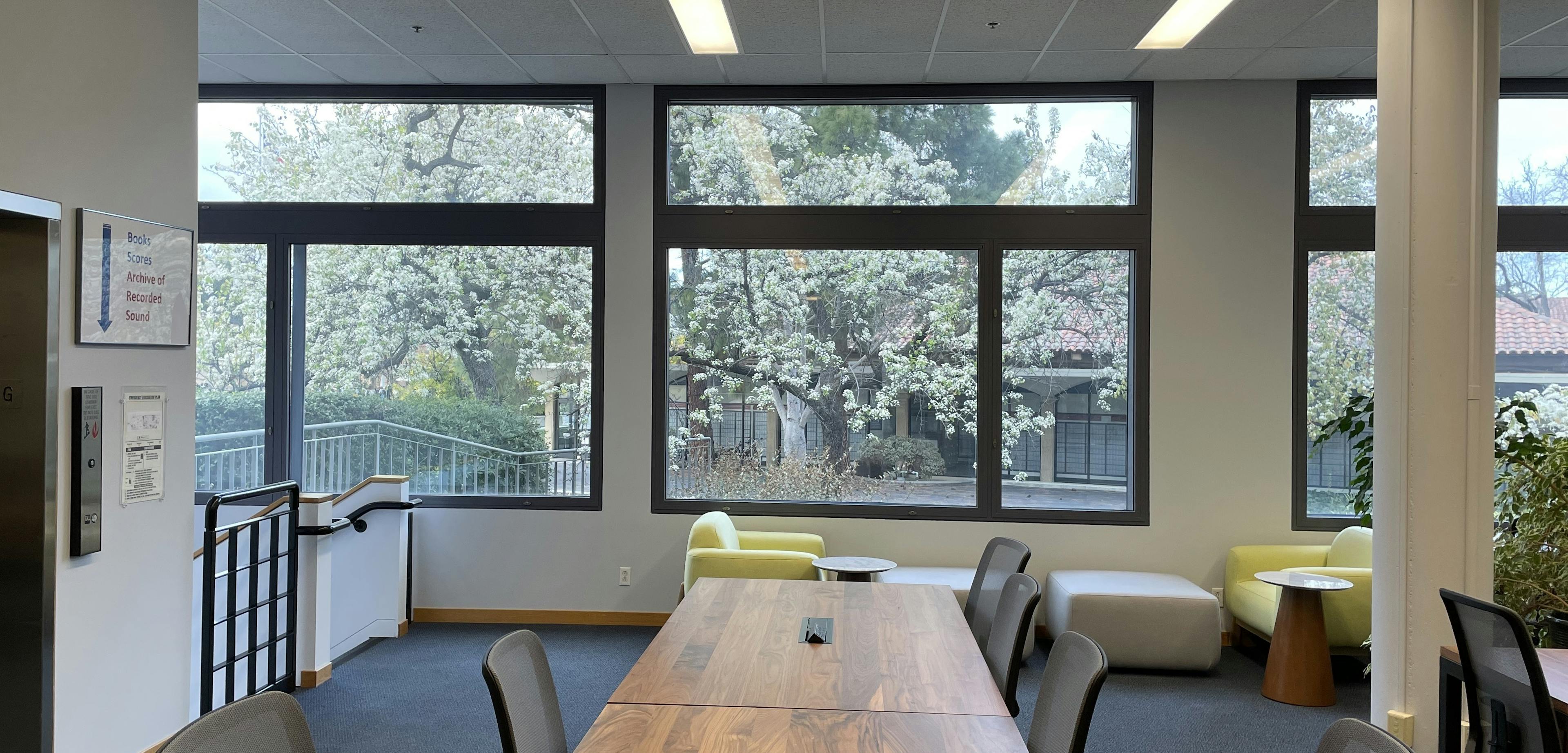
Our mission
We promote research, teaching, and learning in music
- by providing library services that allow users to find and obtain the resources they need easily and effectively;
- by developing and maintaining strong collections;
- by permanently preserving research materials; and
- by improving methods of access to music materials in all forms for the Stanford University community
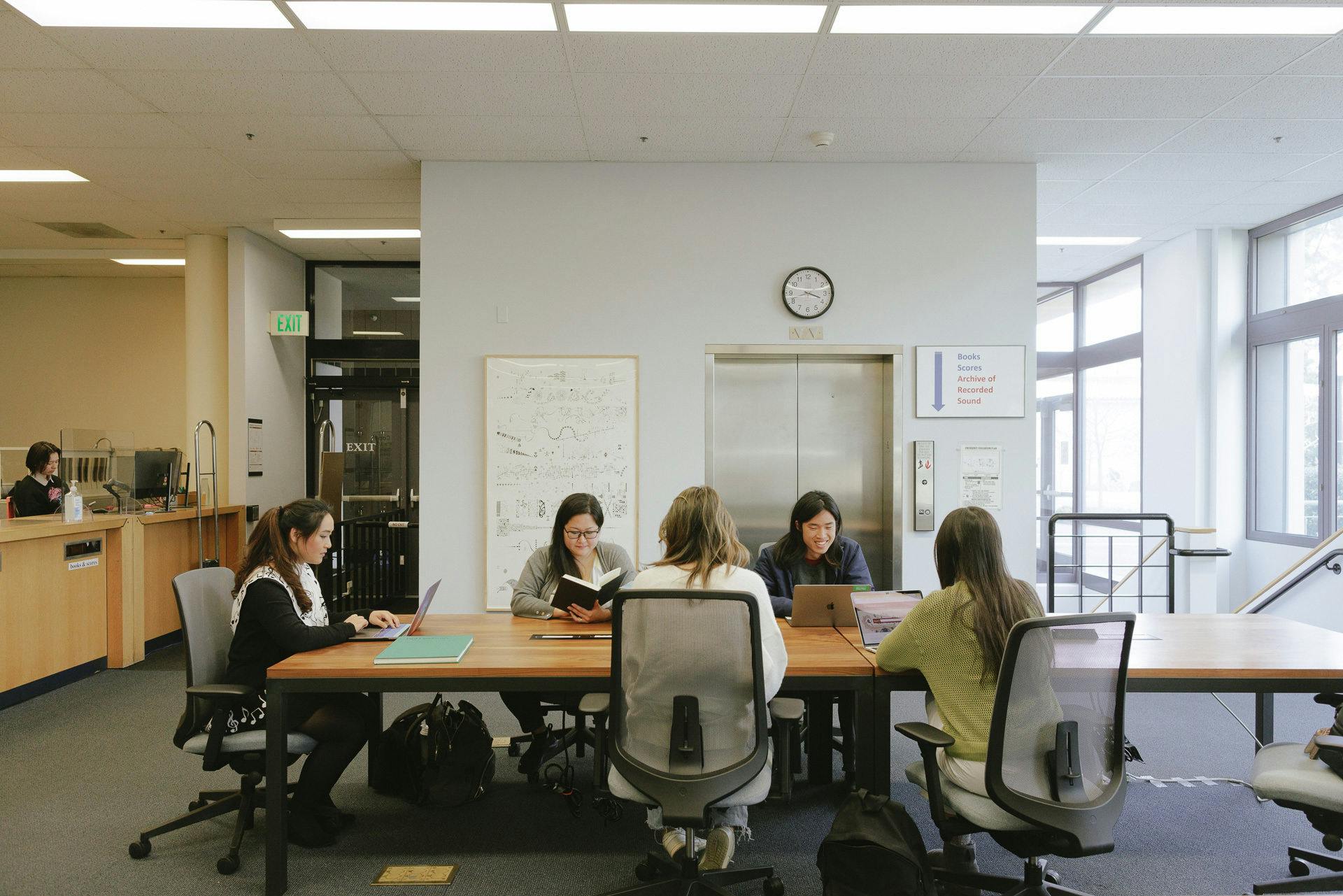
Our history
Edward Colby (1912-2006) was hired as Stanford's first Music Librarian in 1949 after he came to the attention of Professors W. Loran Crosten, Chair of the Music Department, and Leonard G. Ratner. When Colby arrived, the Music Department was located in the Knoll which now houses the Center for Computer-Assisted Research in Music and Acoustics (CCRMA), and which had first served as the residence of Stanford President Ray Lyman Wilbur and his family from 1918-1943.
The Knoll (1949-1984)
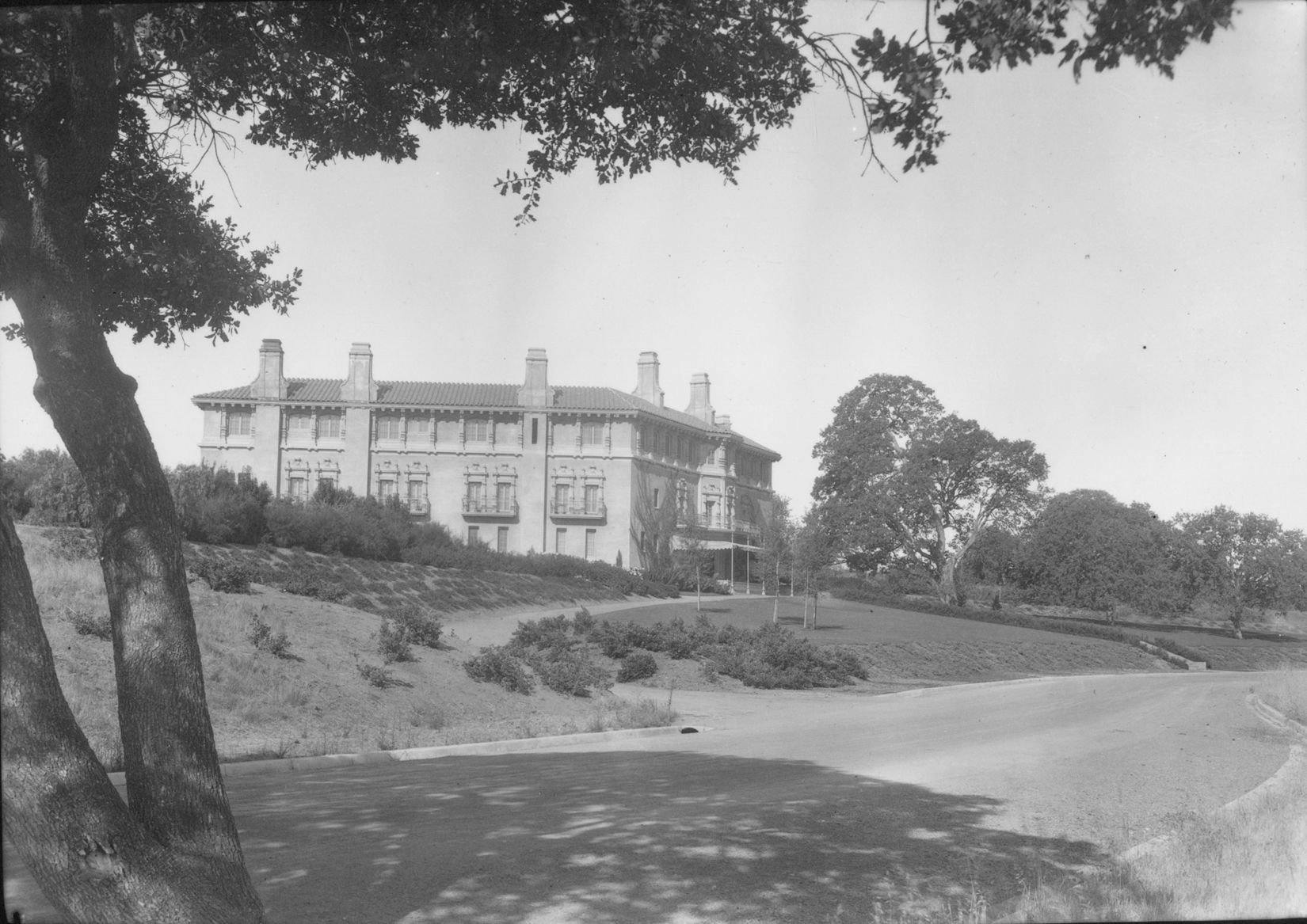
The collection consisted of approximately 800 books and scores and some 78-rpm recordings which were stored in two small rooms on the third floor. In 1948 Nancy Bonnin, wife of a scholar in Germanic Studies, had been appointed to supervise the small collection that had been pulled from the main library along with some reference sources from the Memorial Library of Music. Colby was the primary architect of the Music Library's collections, having seen its expansion through its first 28 years. After retiring in 1977, Colby was succeeded by Jerry Persons in 1978. By this time the library had moved to the second floor of the Knoll and its collection included ca. 44,000 books and scores and 11,000 recordings. Under Persons' leadership, extremely overcrowded conditions were relieved by the addition of a temporary building in the Knoll courtyard to house the stacks and provide study space. The former ballroom became the reference room and the pantry, the head librarian's office.
Services and staffing were increased during Persons' tenure, including the addition of a second professional position, Assistant Music Librarian. Mimi Tashiro was appointed to that position in 1982. Music Library staff became responsible for ordering and processing scores, recordings, and microform using the Research Libraries Group Information Network (i.e. RLIN), which had previously been done by staff in the main library. A close relationship was formed with other music libraries, most notably U.C. Berkeley and members of the Research Libraries Group (RLG), for cooperative purchases and other collection-related projects, including direct interlibrary borrowing and lending. Stanford joined with several large music libraries (Berkeley, Eastman, Harvard, Illinois, Indiana, Yale) to form the Associated Music Libraries Group (AMLG). Together they sought grant support to convert their card catalogs into machine-readable form.
Braun Music Center (1984- )
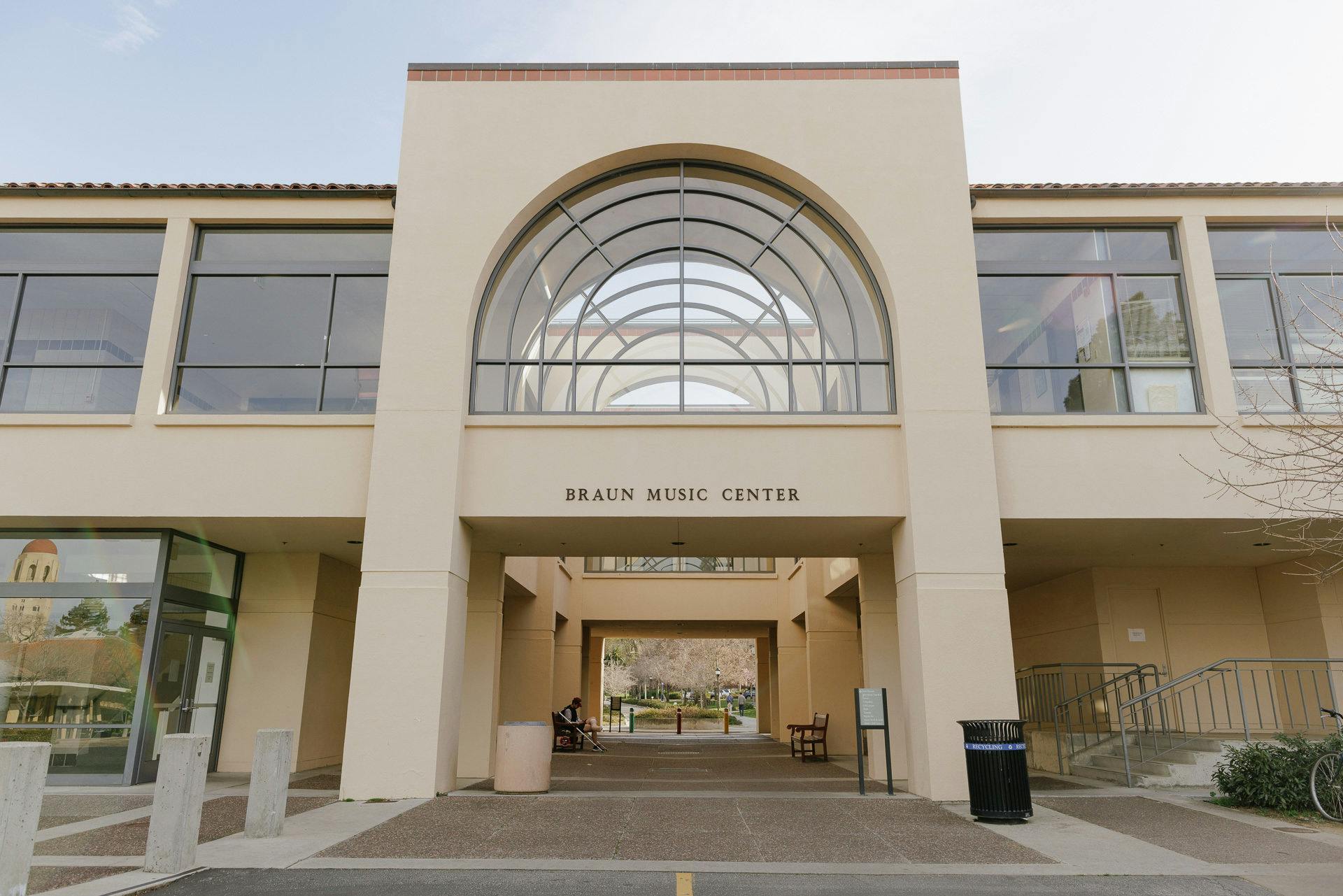
Perhaps Persons' greatest contribution was his planning of the new library in the Braun Music Center. The library moved over the winter break in 1983 and opened for the Winter Quarter in January 1984.
From 1984-1986, Elisabeth Rebman, formerly Head of the Music Cataloging Unit, served as Acting Head and in 1986, Kären Nagy was appointed Music Librarian & Bibliographer. At the time of her arrival, the library's collection numbered some 66,000 books and scores, and 26,000 recordings. The library survived the 1989 Loma Prieta Earthquake virtually unscathed except for fallen card catalogs with a few broken drawers, and books, scores and other materials which had scattered off their shelves. In 1990 Nagy moved to the main library to serve as the Director of Collections and Public Services, and then became Deputy Director of the University Libraries. She then left the libraries to serve as Executive Dean of the School of Humanities & Sciences.
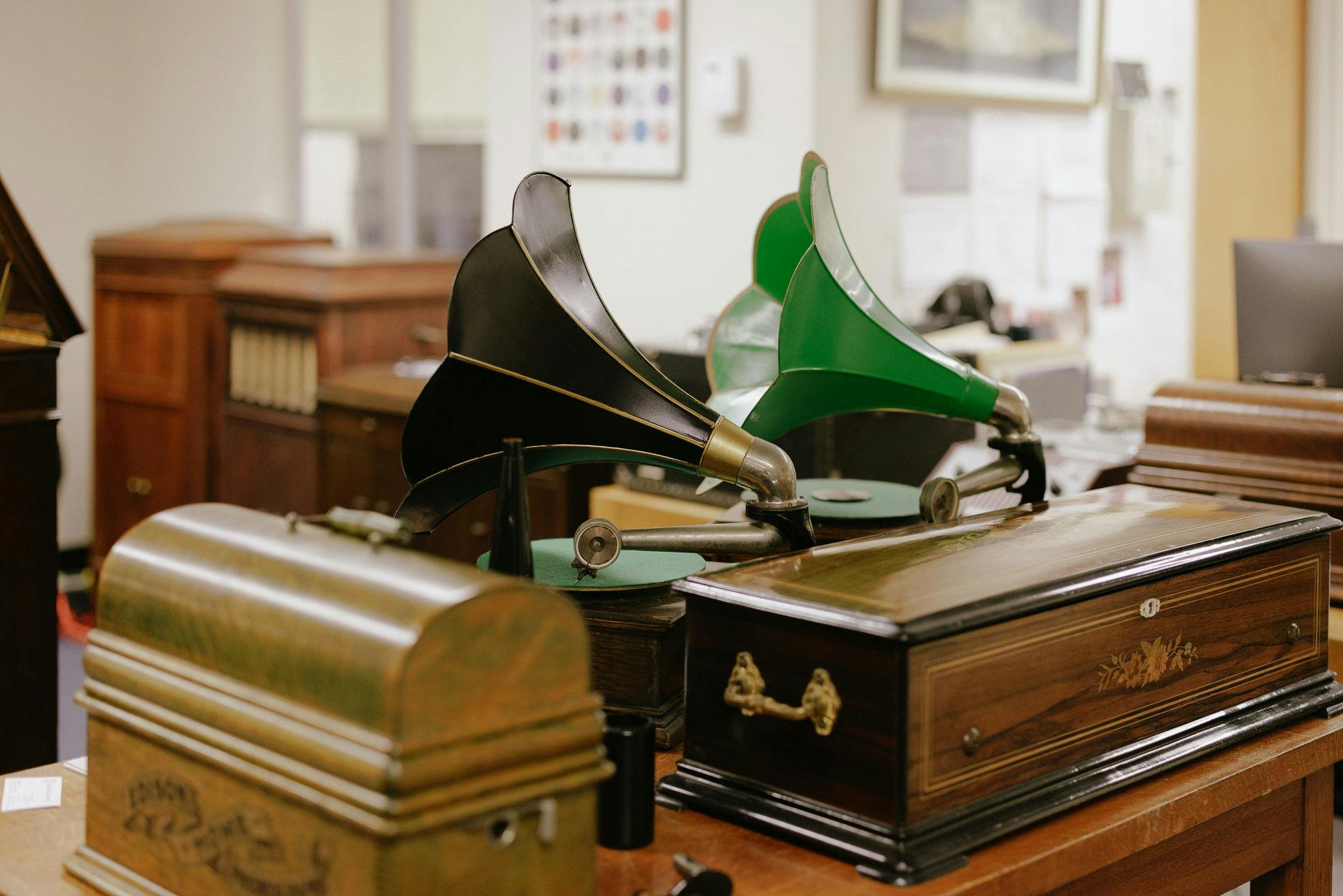
With Nagy's departure, the administrative structure of the Music Library was altered. Barbara Sawka, Curator of the Archive of Recorded Sound (ARS), became Head of the Music Library and ARS, retiring in 2001. Jerry McBride then began his appointment as Head of the Music Library and ARS in 2003. At the time of his arrival, the library contained more than 112,000 books and scores and 32,000 sound recordings. McBride retired in 2020, and in 2021, ethnomusicologist and archival researcher Tamar Barzel was hired as the new Head, Music Library & ARS.
~excerpted from Our History, by Mimi Tashiro~